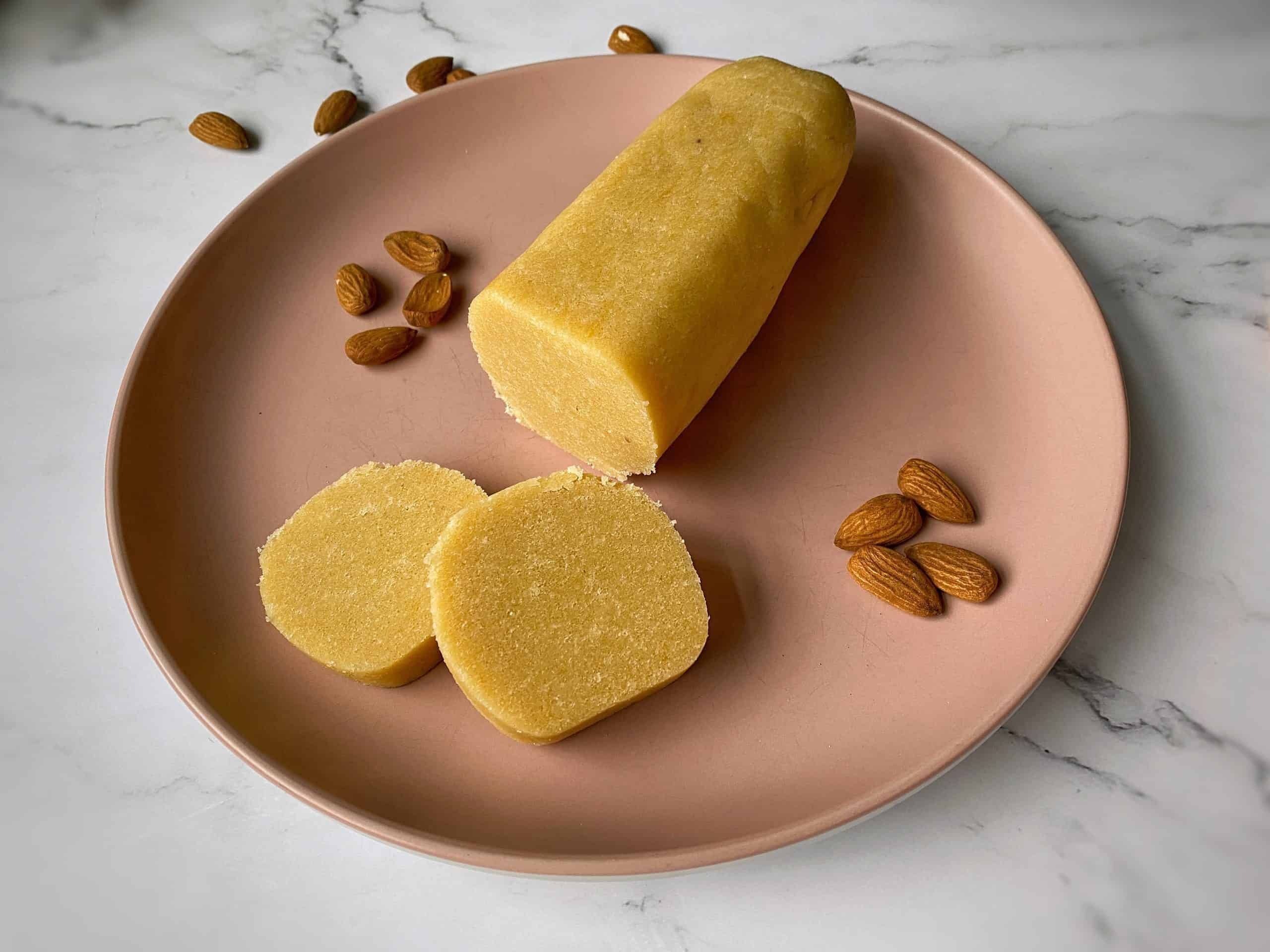
Photo: Jonathan Hatchman
Generally associated with Christmas here in the UK, the marzipan trade flourishes all year round in countries such as Germany. But with almond prices having risen exponentially in recent years, due to increased demand and poor weather conditions in nut producing countries, high quality marzipan is becoming both more expensive and harder to find, with so many producers keen on cutting costs.
Believed to have originated in Persia, marzipan quickly became popular in Europe, particularly throughout the trading cities of the Hanseatic League. Renowned as an important trading hub, local legend even goes as far as suggesting marzipan – as it is known today – was first made in Lübeck, possibly in response to a famine year, with the town allegedly running out of food products other than stored almonds and sugar.
While sugar quantities in marzipan significantly outweighed almonds during the Middle Ages, a high ratio of almonds has now become a key signifier of quality. Today, marzipan is traditionally made with a 2:1 ratio of almond to sugar, really allowing the almonds to sing.
Marzipan production typically required almonds to be soaked in hot water to make the skins easier to peel. They’re then crushed, mixed with sugar and gently cooked. It’s then stirred, chilled, and either consumed or packaged.
This simple marzipan recipe is easy to follow at home, taking significantly less time than traditional production, while still providing delicious results. Almonds are ground (or use ground almonds if you prefer) and mixed with a blend of both caster sugar and icing sugar, plus a couple of egg yolks. The marzipan can also be optionally embellished with the seeds from a vanilla pod and a dash of almond extract. It’s then wrapped in cling film before use. Roll out for Christmas cakes, cover with chocolate, use to stuff dates, or even eat it by the slice.
Related: How To Make: Panettone Bread and Butter Pudding (With Chocolate and Peanut Butter)